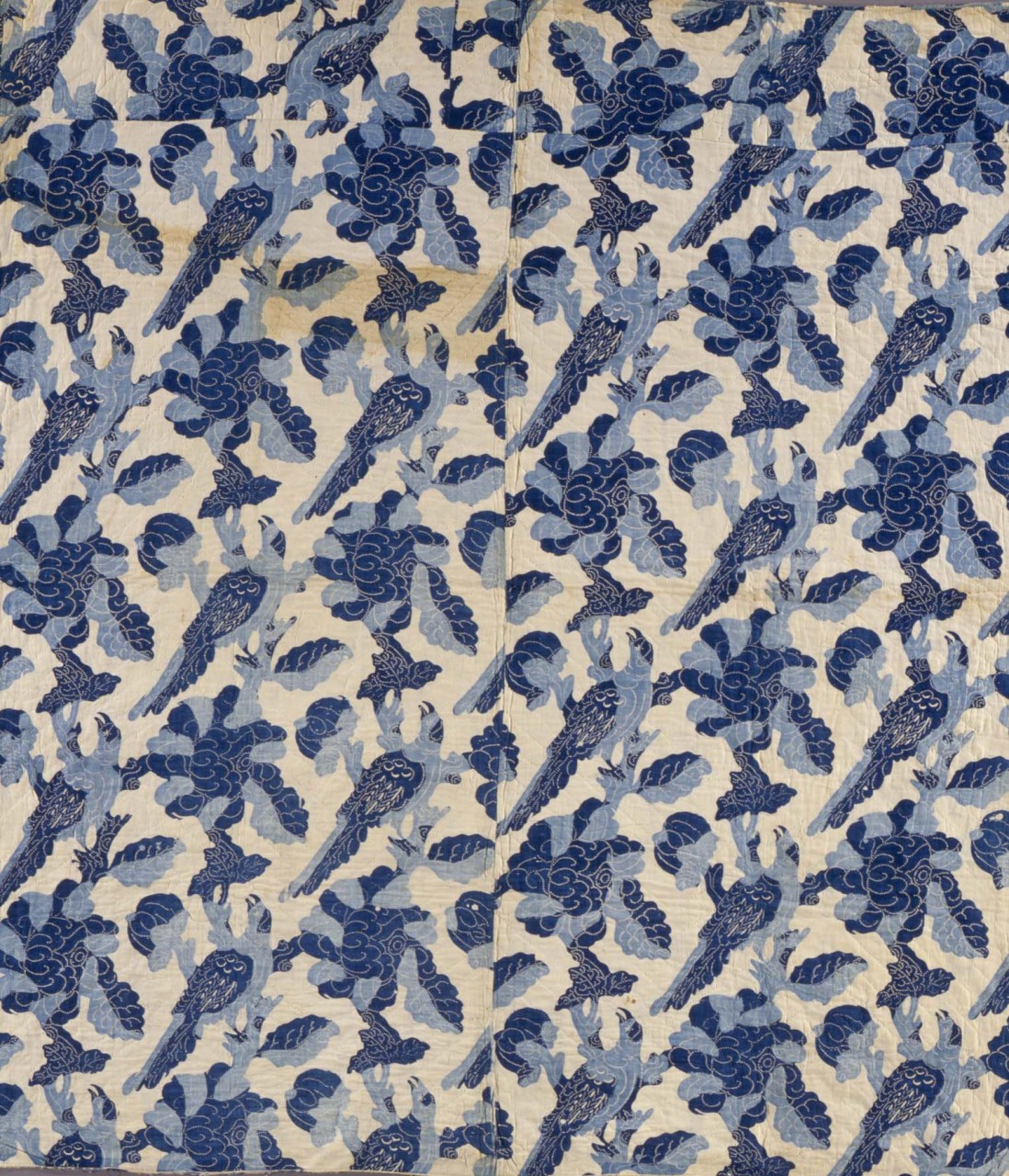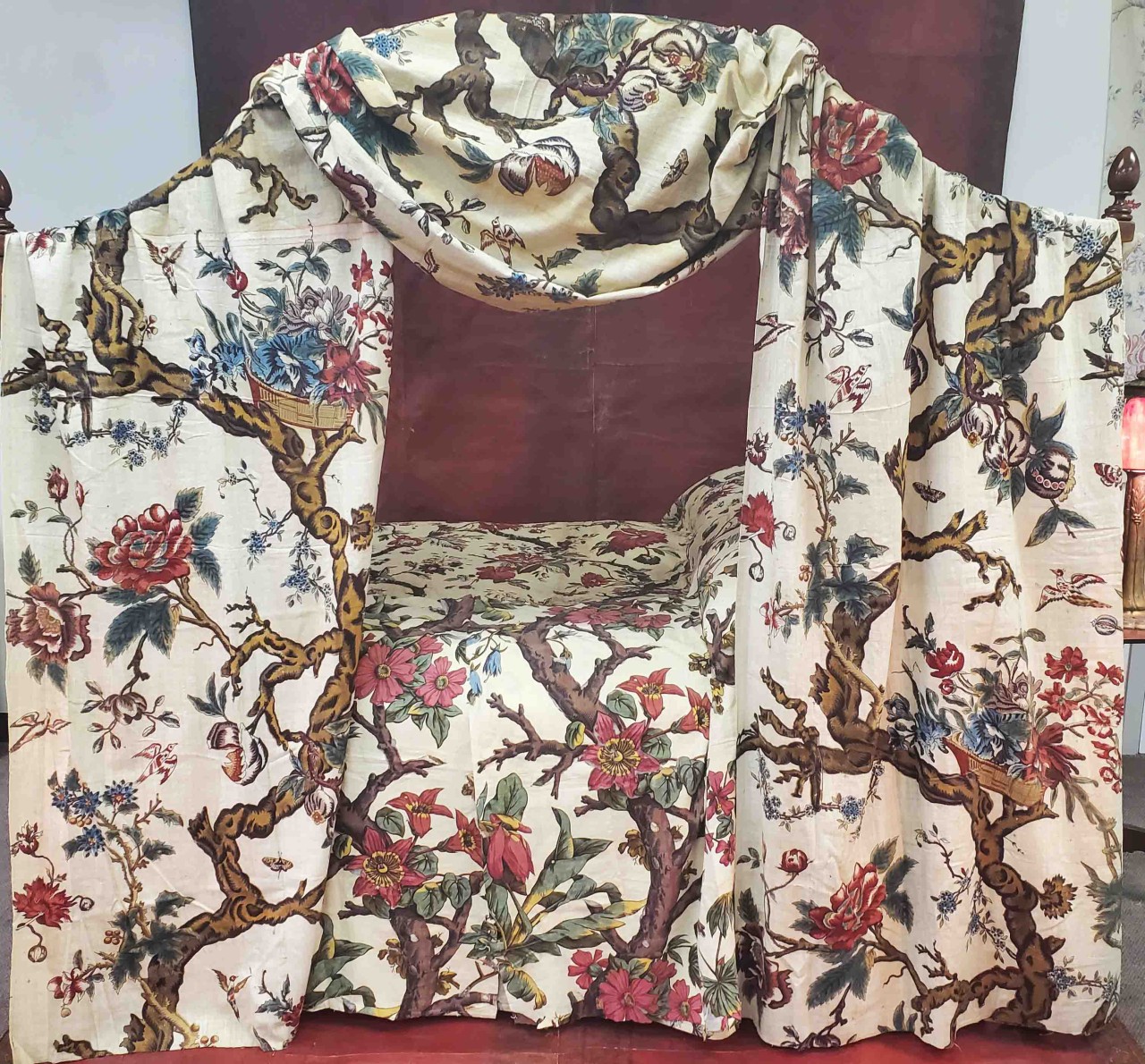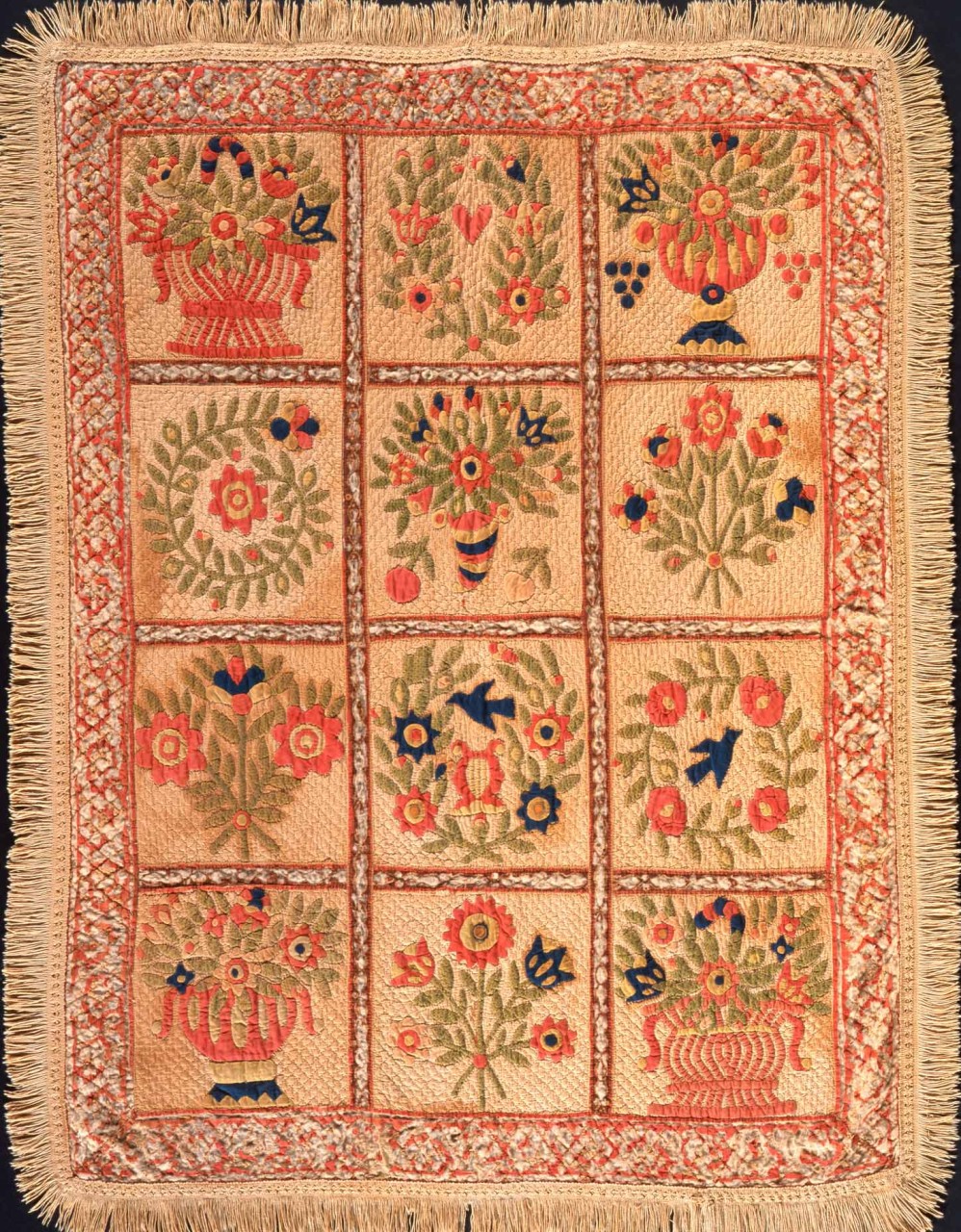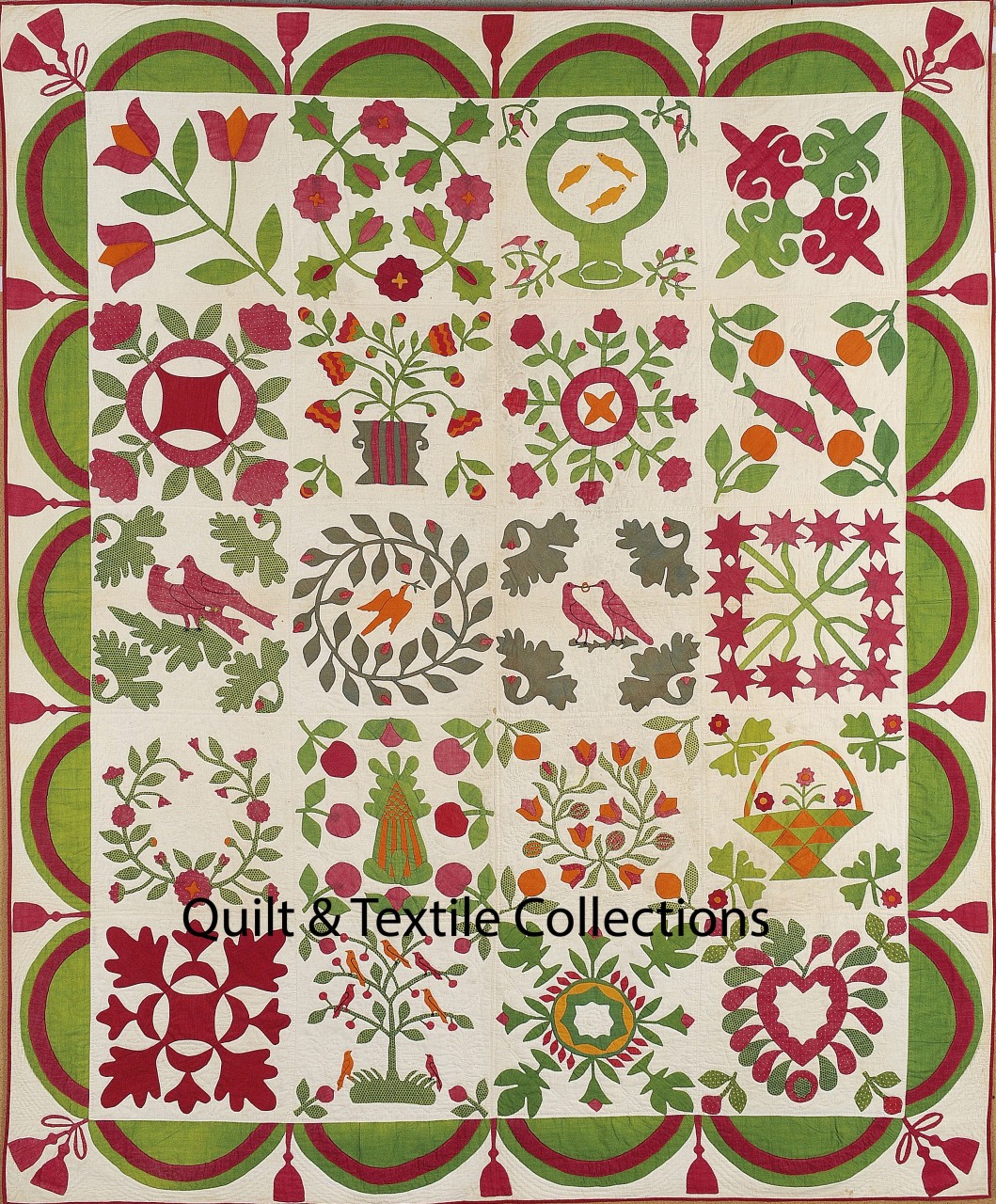
Although most of the time we keep the focus of the blog on actual textiles, a couple of times a year, we try to update you on what is coming up in the Triplett Sisters world. You should always feel free to check “Upcoming Events” on the bottom of our website home page. We try to keep events listed for several months ahead there. So, be sure to check the listing out and meet up with us at one of those events. The first event listed is the Pioneer Quilts Exhibition starting this month June 26 at the Lutheran Heritage Center & Museum at 75 Church St, Altenburg, MO. (Anyone feel like a road trip?) This exhibit features the Poos Collection quilts from the book Pioneer Quilts: Prairie Settlers Life in Fabric. Esther Heinzman will be...





